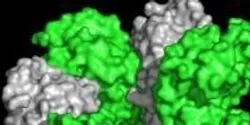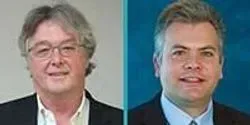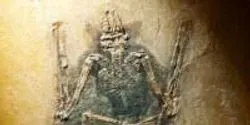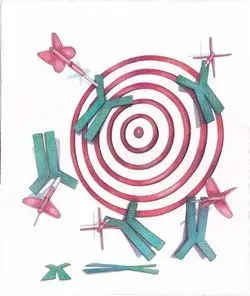Molecular Biology

That’s the intriguing possibility raised by the University of Virginia School of Medicine’s discovery

Dieter C. Gruenert, PhD, (bottom left) is a professor of otolaryngology—head and neck surgery at the University of California, San Francisco (UCSF) and pediatrics at the University of Vermont (UVM). He has a PhD in biophysics from the University of California at Berkeley and was a postdoctoral fellow in carcinogenesis at L’Institut Suisse de Recherche Expérimentale sur le Cancer in Lausanne. He was co- director of the Gene Therapy Core Center at UCSF, director of the Division of Human Molecular Genetics at UVM, and head of the Stem Cell Research Program at California Pacific Medical Center. His research focuses on development of gene editing and cell-based therapies for inherited diseases and cancer. He has developed novel diagnostic and oligonucleotide-based therapeutic strategies to ameliorate disease pathology.

Combining chromosomes from different organisms started as soon as someone created a hybrid. “In natural breeding,” says geneticist Kulvinder S. Gill of Washington State University in Pullman, “we transfer genes through hybridization—transferring pollen from one plant to another.” He adds, “It can, for example, be pollen from wheat to rye or rye to wheat.”

Problem: The human genome encodes thousands of secreted proteins, each of which is an actor in
the delicate biochemical balance of diagnostics. Even a slight change in any one of these proteins can
mean the difference between sickness and health. Such a change also provides a critical window into
the body and helps to direct diagnosis and treatment, however, the vast majority of secreted proteins
are present in concentrations well below what conventional technologies can measure, and their role in
human health is poorly understood.















